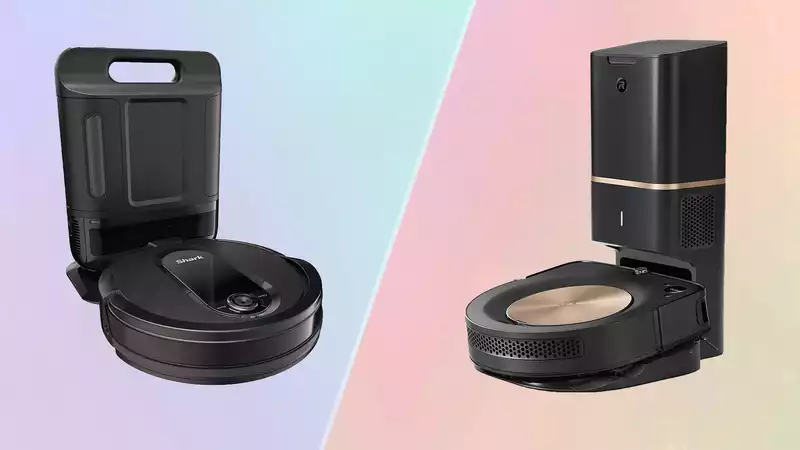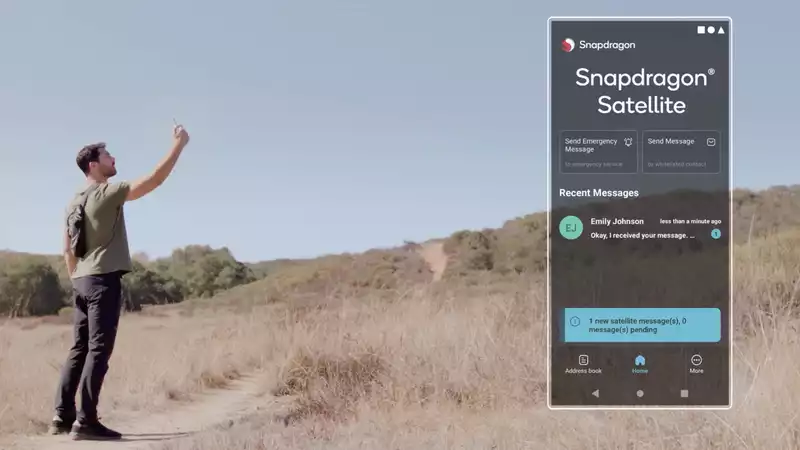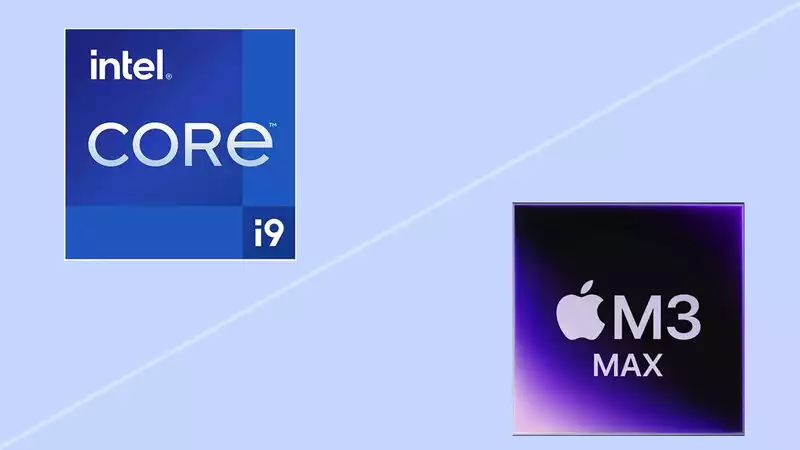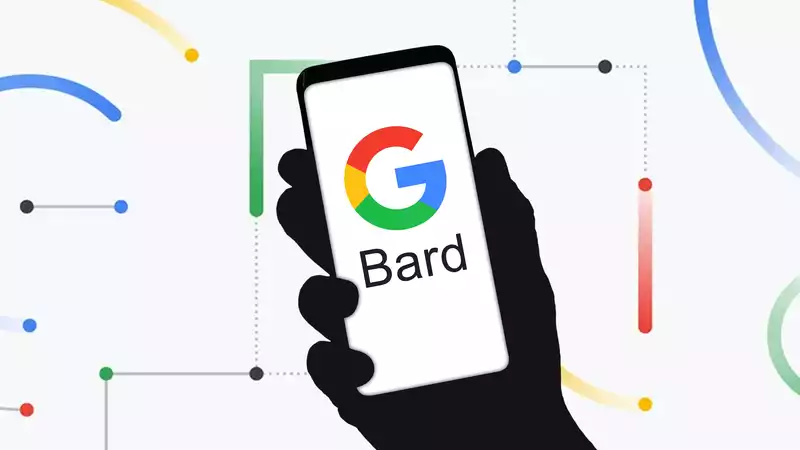When it comes to the best robot vacuum cleaners, for many consumers it comes down to a choice of Roomba versus Shark. Both companies' robotic vacuums have a self-cleaning base, meaning there is no need to empty the vacuum after use. Both companies' robotic vacuums can be controlled with a smartphone, Alexa, or Google Assistant, and there is mapping between the Shark and Roomba vacuums.
But which robotic vacuum cleaner is best at keeping Fido's hair off the floor? For more information, see. [The Shark IQ's self-emptying base costs $479, while the Roomba s9+'s clean base costs $1,099, more than twice as much.
That's quite a bit. The older Roomba i7+ with clean base is $799, hitting the sweet spot between the two.
More recently, iRobot announced the Roomba i3+, with prices starting at $599.
The Roomba s9+ is the best looking robot vacuum cleaner we've seen, but the Shark IQ is no slouch either. Placed next to each other, they look like the robotic vacuum cleaners equivalent of Brad Pitt and George Clooney.
The rounded Shark IQ is a classy combination of glossy and matte black plastic with matte silver accents adorning the floor; the underside of the IQ has two large, grippy rubber wheels on either side and a smaller caster wheel in front; two single-spoke brushes rotate near the front of the bot, feeding debris into a V-shaped bristle and fin brush roll in the center. This combination has been seen on other robot vacuums, but this one seems to be particularly prone to catching pet hair.
The Roomba s9+ is covered in matte black plastic with a recessed brushed bronze disc in the center that is outlined in white light when the vacuum is cleaning. This is the first D-shaped vacuum cleaner from iRobot, and the company claims that this shape allows it to get closer to corners and edges. The corners are softened, giving the vacuum cleaner the appearance of a circle with one side gently stretched into a square. Looking at the underside, there are two bright green rubber rollers that run almost the entire length of the straight edge of the vacuum cleaner. One end of each roller is partially hollow, making it difficult to remove any hair or fur that has accumulated in it. A small five-spoke brush is located near the front of the s9, just to the left of the rollers.
Both vacuums are 3.5 inches tall, but the Roomba s9+ is much heavier at 8.2 pounds compared to the Shark IQ's 5.87 pounds. If you frequently move the vacuum cleaner between floors, you might want to rest your back.
The defining difference between the Shark IQ and the Roomba s9+ is the self-emptying base. We preferred the Shark's base because it has a much smaller footprint and is less of a tripping hazard. Both can hold up to 30 days' worth of trash, but the Roomba Clean Base uses bags to hold the trash, whereas the Shark Self-Empty Base does not. The Shark Base uses one button near the handle to pull the trash can out of the dock and a second button on the bottom to drop the bottom and remove the trash. Pressing the second button on the bottom causes the bottom to drop out and the trash to come out. Most trash falls into the trash can by gravity, but thin dust particles also rise into the air. For those who are particularly sensitive to pet dander, this is a less desirable feature.
The cube-shaped vacuum cleaner bag of the Roomba Clean Base seals when removed, trapping all the debris collected by the robot vacuum inside. Having to purchase disposable bags is not ideal, but it saved me from sneezing. The bags cost $14.99 for a pack of three.
When Rex's shedding season arrives, he will want a robot vacuum cleaner that can clean up hair as fast as it sheds. Pet hair loss, which is easily visible on a bare floor, becomes less visible and more difficult to remove when it gets tangled in carpet fibers. In addition, dust and dander on the carpet will keep Rex from sneezing after he goes to doggy daycare.
In laboratory tests, Roomba s9+ cleaned 97% of dog hair on carpet and 99% of dog hair on hardwood, with an average score of 98%. In a similar test conducted in a larger space, the Shark IQ cleaned only 50% of dog hair on carpet and 83% of dog hair on hardwood, for an average score of 66.5%. The Roomba i7+, on the other hand, removed 93% of dog hair on carpet and 88% of dog hair on hardwood, for an average score of 90.5%.
For cat hair, the Shark IQ was slightly better suited for the test. The Shark collected an average of 77.5% of cat litter on hardwood and carpet, but still fell short of the Roomba s9+, which received a perfect score for collecting cat litter on both surfaces. The Roomba i7+ was again in the middle of the pack, picking up an average of 87.6% of the cat litter.
The Roomba i3+ has not yet been tested, but we will update this table when we do.
*Same test was done on a small 5 x 5 ft area.
Shark IQ, Roomba s9+, and Roomba i7+ offer floor mapping, selective room cleaning, scheduled functions, and charge and resume cleaning, along with a self-empty base. The Roomba i3+ offers all of the above, with the exception of selective room cleaning.
On the s9+ and i7+, the Roomba offers more fine-grained control and can create "Keep Out Zones" and "Clean Zones." One creates a safe space for your dog's pile of toys, while the other focuses on cleaning high-traffic areas such as doorways. Neither option is available with the SharkClean app or Roomba i3+.
You can customize the amount of suction Shark IQ provides by selecting Eco, Normal, or Max mode. Not sure which areas of your home need more attention? The Roomba s9+ has the ability to automatically detect areas of high litter, such as cat litter, and apply more suction as well as back and forth to those areas.
Cleopawtra has knocked over a bowl of nuts and needs to vacuum a small area quickly. The Roomba s9+ and Roomba i7+ have a button for spot cleaning. Simply place the robot in a cluttered area and it will clean it in a spiral motion. The Shark IQ has only two cleaning patterns: manual and mapping.
We liked the mapping feature of the Roomba s9+ and Roomba i7+ a lot. The Roomba s9+ and Roomba i7+ produced an accurate map of the first level in three runs. The Shark IQ was a different story. After some problems with the first two Shark IQs, the third bot finally completed the map in 11 runs.
Pet hair, especially long dog hair, is often the nemesis of robot vacuums because it tends to entangle the brush roll. This was true for the Shark IQ, Roomba s9+, and Roomba i7+, all of which accumulated a lot of hair around the brush roll. Thankfully, removing the brush roll on all three was easy, and all that remained was to pull the excess hair from the center and end spokes. s9+ and i7+ had a lot of hair buildup inside the partially hollow spokes, but it was not difficult to remove. Similarly, the cap on one side of the IQ's brush roll can be quickly removed to remove hairs that have curled into the barrel.
The Shark IQ also collected quite a bit on the front caster wheels. So much, in fact, that we had to remove the wheels to clean them. Thankfully, the wheels pop off just for that purpose.
Both robot vacuums were easy to clean.
Like most family members, pets often forget to clean up after themselves. That's where robot vacuums come in. But no matter which robot vacuum cleaner you choose, your dog will probably panic when the automatic cleaning dock first roars into action. Don't worry, he'll get used to it (as did my dog) and he'll be thankful that his fur isn't flying all over the house.
Unfortunately, this is hardly a fair fight. Shark IQ does not provide the same level of performance as Roomba s9+ or Roomba i7+. Shark IQ does not offer the same level of performance as Roomba s9+ or Roomba i7+. The Roomba s9+ is recommended.
.









Comments